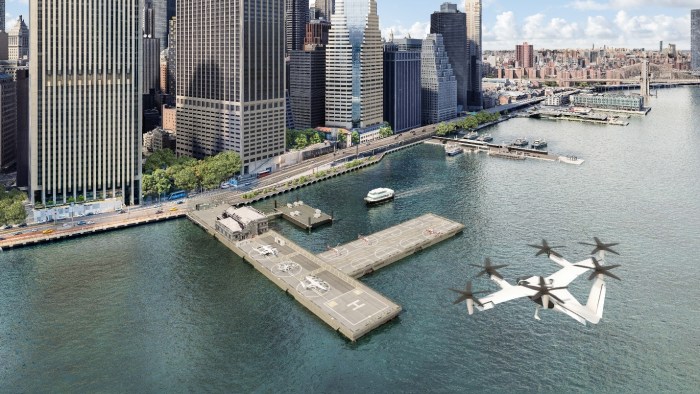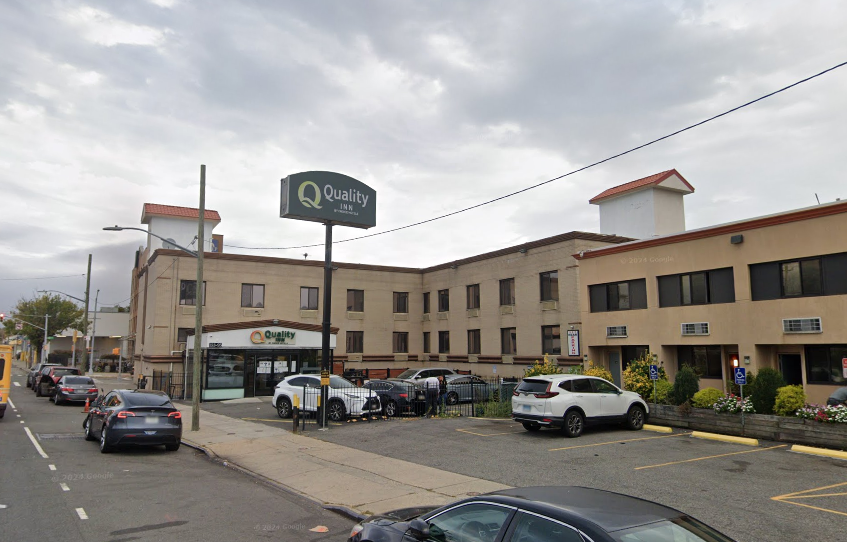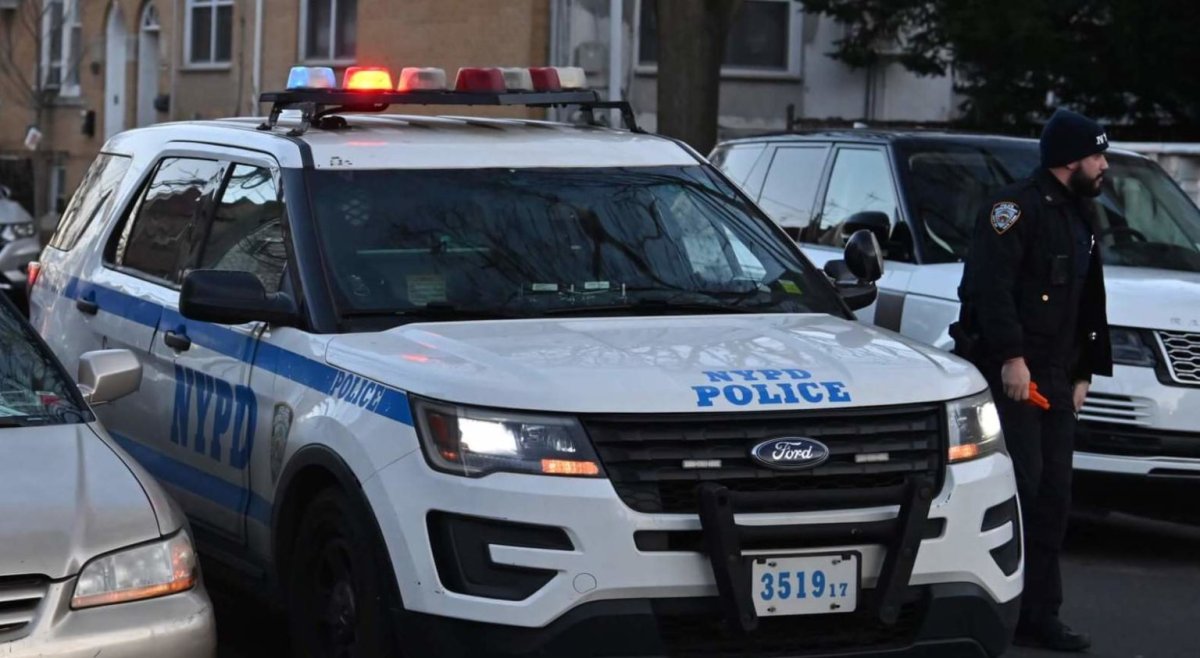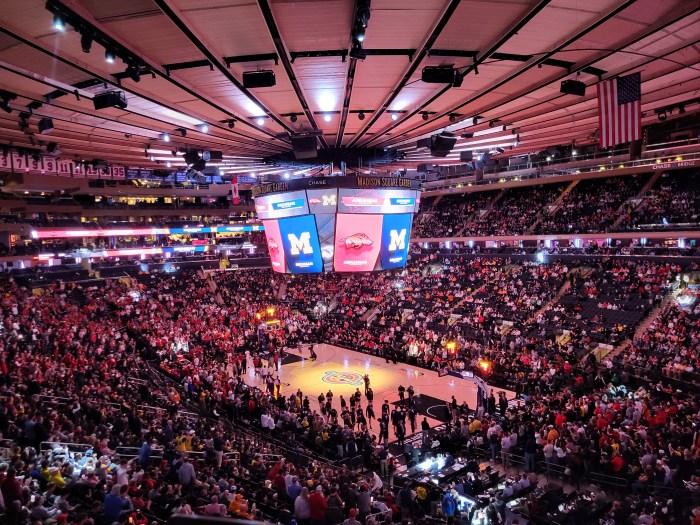City officials are touting another year of declining traffic fatalities while safety advocates point out alarming trends.
There were 229 traffic deaths on New York City streets in 2016 — a new historic low that the city’s Department of Transportation credited to a record number of safety improvement projects completed over the year.
“We haven’t gotten to zero yet, but we’re confident that the gains that we’ve shown so far are an indication that the overall strategy is working and is effective,” said Juan Martinez, director of strategic initiatives at the DOT. “And the work that we’re going to do this year is going to make the city safer for years to come.”
But as overall number of traffic deaths decreased, the number of bicycle and pedestrian fatalities rose last year. And in the first 10 days of 2017, there have been 10 more traffic fatalities.
The gruesome start to the year is a reminder for advocates that the city has a long way to go to get to zero deaths, the goal of Mayor Bill de Blasio’s Vision Zero initiative.
“Though traffic deaths were down overall in 2016, key Vision Zero statistics like bike and pedestrian fatalities and hit-and-runs were up, and 2017 has gotten off to a troubling start,” said Brian Zumhagen, a spokesman for Transportation Alternatives. “Ten New Yorkers were killed in traffic during the first 10 days of this year, and eight of those deaths happened in one of Mayor de Blasio’s own ‘Vision Zero Priority’ locations where the City needs to invest more for street redesign during the upcoming budgeting process.”
Dennis Fulton, an NYPD inspector, said that the 2017 streak will prompt a direct response to his agency.
“The uptick at the beginning of this year is going to be taken very seriously,” said Fulton. “We’re going to take a look into the collisions that happened and see if there are any pattern to how they happened . . . and proceed forward from there. If speed was a factor, then we’re going to look at the area. If there was an area there that needed some additional enforcement, then we’ll provide it to that area.”
Fulton noted that seven of the 10 fatalities so far this year occurred in Brooklyn and that the department would be looking into additional enforcement in the borough.
As the city enters another budget season, de Blasio has said that he’s open to increasing spending on capital construction for street redesigns, which advocates believe will have the biggest impact on traffic deaths.
But the mayor has also stressed that ultimately more money won’t necessarily translate to more projects. There are lengthy traffic studies and community input sessions that take time to complete.
“The fact is there is a certain amount of work that can get done, realistically, at any given point in time,” said de Blasio at an unrelated news conference that closed out 2016. “That’s been one of the issues with the redesigns. We have crews working all the time; the resources are there. It’s a question of how much can actually practically be done.”
Ryan Russo, deputy commissioner for transportation planning and management at the DOT, said the agency is working smarter, taking a data-driven approach to have the greatest effect as possible. For the first time in more a decade, total traffic fatalities fell in three consecutive years, he noted.
In 2016, the department launched a new initiative to reduce the dangers of left turns at 107 intersections, 86 of which were “priority locations” with unusually high crash numbers. There were 400 new speed bumps and 776 Lead Pedestrian Intervals installed, too.
“We’re doing those complicated things,” like street redesigns “more and more of them than we’ve ever done,” Russo said. “And we’re also doing the sort of, lower-cost and more behind-the-scenes signal timing, Lead Pedestrian Intervals, speed bumps — that sort of thing.”




































